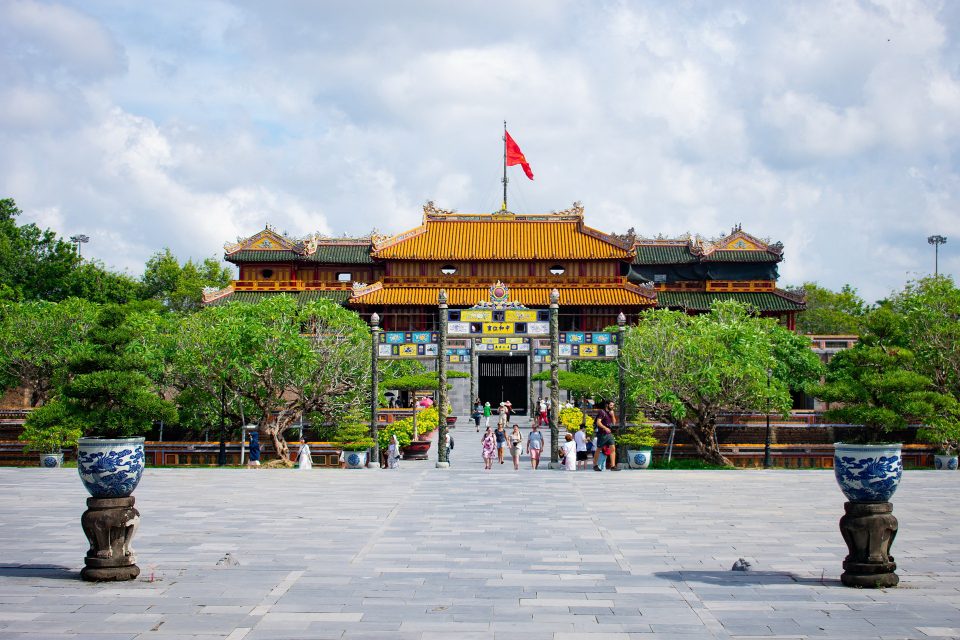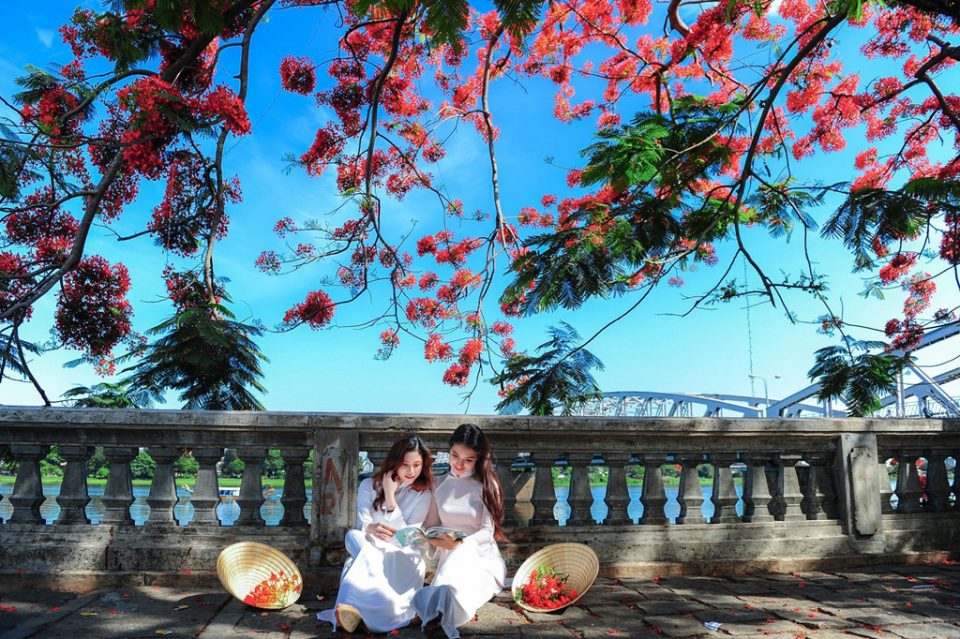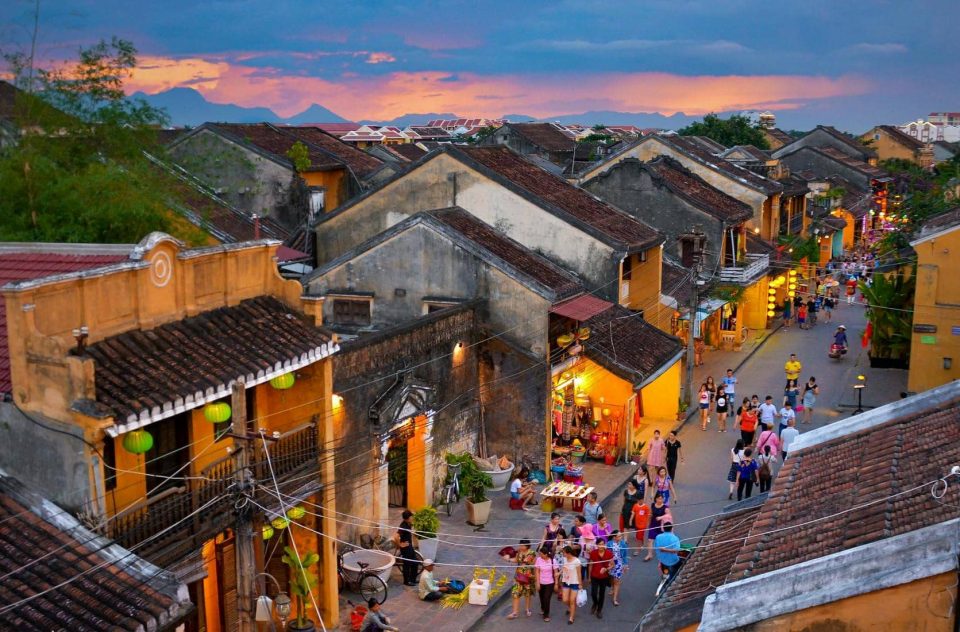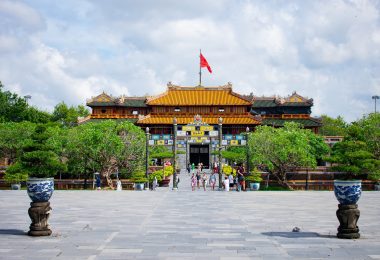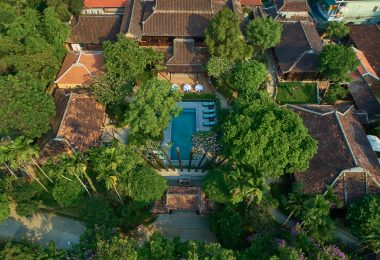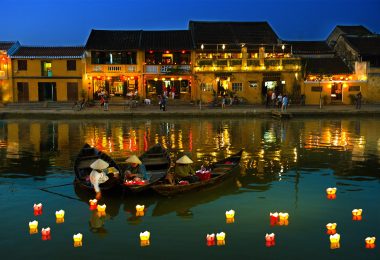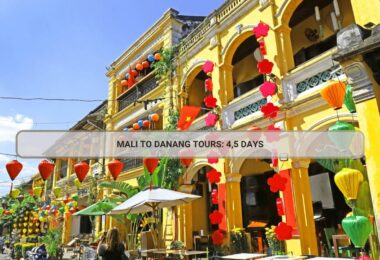Danang is a hustling Vietnamese city located in the central region, known not only for its beautiful beaches and modern bridges but also for the rich cultural heritage passed down through its traditional handicraft villages. Walking through the handicraft villages in Danang gives visitors a unique view of traditions passed down through the ages and the artistry of the locals. This article will take readers through the handicraft villages of Danang, along with their history, craftsmanship, and what can be experienced in each of the villages.
Overview of Handicraft Villages in Danang
Each village carries its expertise in a different kind of craft: stone carving, mat weaving—the list goes on, but each has its own story to tell. Not only do these villages contribute to the local economy, but they also attract tourists from all over the world, eager to see traditional Vietnamese artisanship for themselves. Some of the best-known include Nam Ô Fish Sauce Village, Non Nước Stone Carving Village, Cẩm Nê Mat Weaving Village, Tuý Loan Rice Paper Village, and Cẩm Lệ Sesame Cake Village. These are the Handicraft Villages in Danang.
Nam Ô Fish Sauce Village
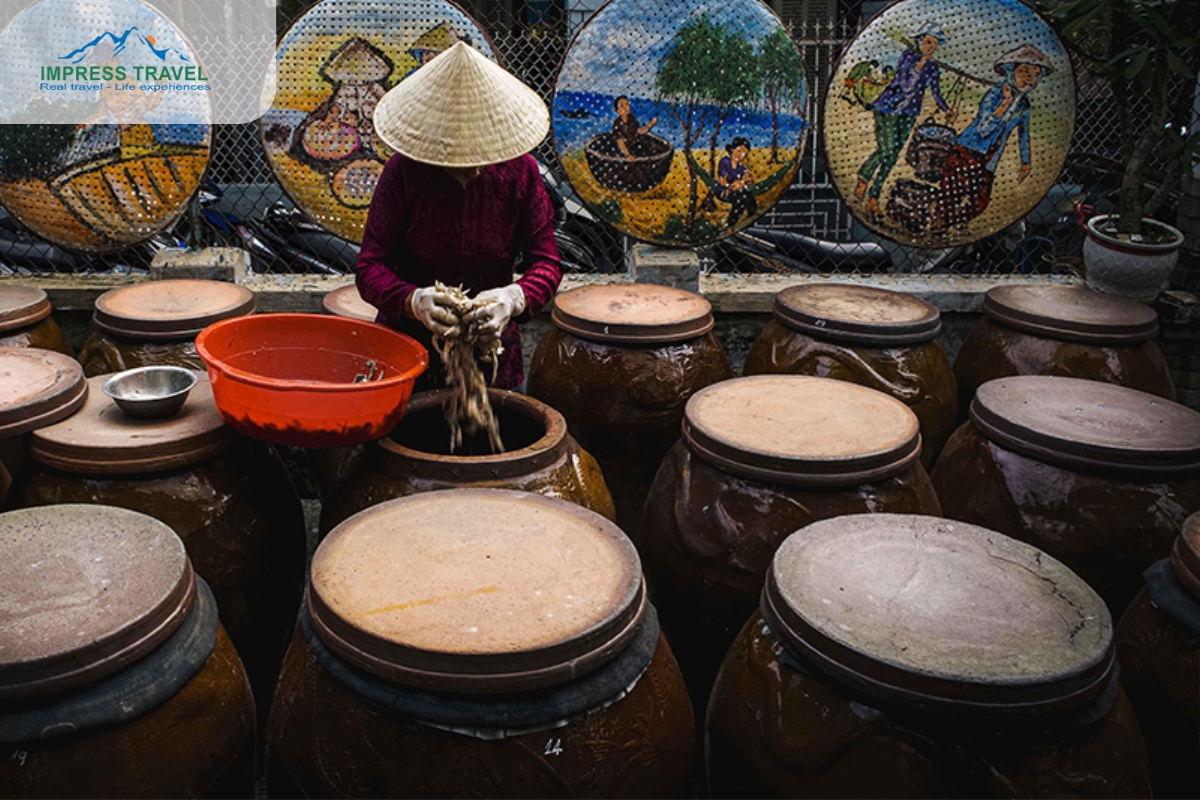
Nam Ô Fish Sauce Village, Da Nang
History and Significance
Located at the foot of the Hải Vân Pass, Nam Ô Fish Sauce Village dates back to the early 20th century. This small fishing village has become well known throughout the country thanks to its aromatic, high-quality fish sauce, which plays an indispensable role in Vietnamese dishes.
Crafting Process
Manufacturing Process Nam Ô fish sauce is manufactured using traditional methods that have been refined through generations. The main ingredient of the sauce is black anchovy, caught in March, at a time when the fish has the highest amount of protein. Those are then mixed with salt, packed in wooden barrels, and fermented for a duration of six months to one year. The product of this process is a fish sauce whose taste and aroma have come to be famous. Here are the Handicraft Villages in Danang.
Visiting Nam Ô
At Nam Ô Village, one can get the chance to observe the whole process of brewing fish sauce, from scrubbing the fish to pouring the sauce in the jars. The village is just a few kilometers from the center of the city, and the hospitality in this place makes the visit a memorable experience. One should not leave the city without purchasing a bottle of fish sauce, which is of high quality and will serve as a souvenir.
Non Nước Stone Carving Village

Non Nước Stone Carving Village
History and Significance
Non Nước Stone Carving Village has been situated deep at the base of the Marble Mountains for over 400 years. It is famous for its meticulous stone sculptures, from religious statues to decoration pieces.
Crafting Process
The craftsmen of Non Nước take marble from the surrounding Marble Mountains, fashioning and creating the various masterpieces of Non Nước. This finishing touch to hard work is done with detail and polish to express the toil, craft, and aesthetics done in its creation. Some of the famous sculptures from the village include Buddha statues, figures of animals, and a lot of ornamental objects.
Visiting Non Nước
You can watch the art of stone carving with your own eyes as artisans work on creating lovely pieces from raw marble. Since it’s only a short ride away from Danang, it’s really easy to add to your Danang tours itinerary. Make sure to take time and visit the multiple shops and galleries and buy your very own unique piece of marble to take back home.
Cẩm Nê Mat Weaving Village
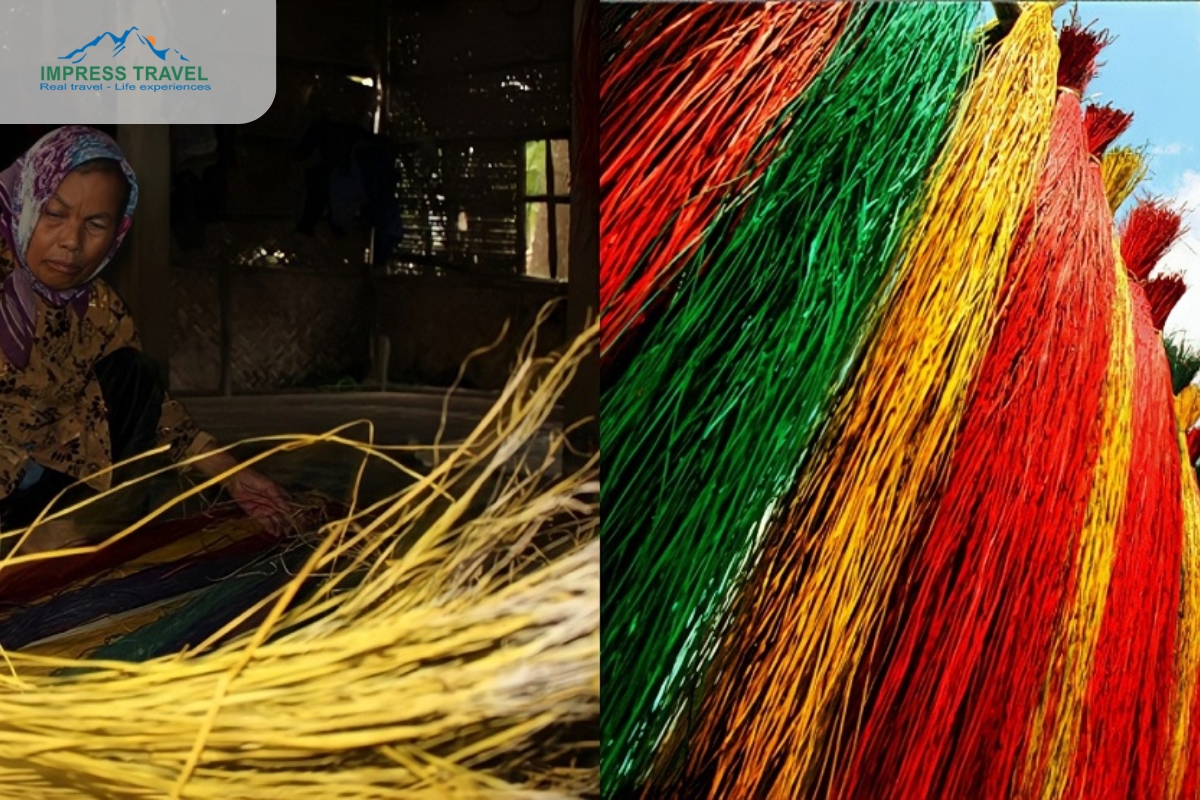
Cẩm Nê Mat Weaving Village, Da Nang
History and Significance
Located roughly 14 kilometers from the city center of Danang, Cẩm Nê Mat Weaving Village has been known for its tradition of making mats for over 600 years. This village is famous for its colorful mats, of superior quality, in which each home must have one.
Crafting Process
The process used in mat weaving at Cẩm Nê village is all handcrafted and uses traditional wooden looms. The mats are constructed from reeds, which are selected, dyed, and woven so that the resulting patterns are intricate and well formed. It is a very laborious activity with great demands for skill and patience, evidently reflected in the beautiful finished products.
Visiting Cẩm Nê
During the visit to Cẩm Nê, tourists can follow the whole process of mat making, beginning with the selection of reeds and preparation, and finally weaving. The village, looking serene and beautiful, is a place that provides a chance for daily trips. Moreover, visitors can try for themselves in weaving and bring home handmade mats for themselves as beautiful souvenirs. These are the Handicraft Villages in Danang.
Tuý Loan Rice Paper Village
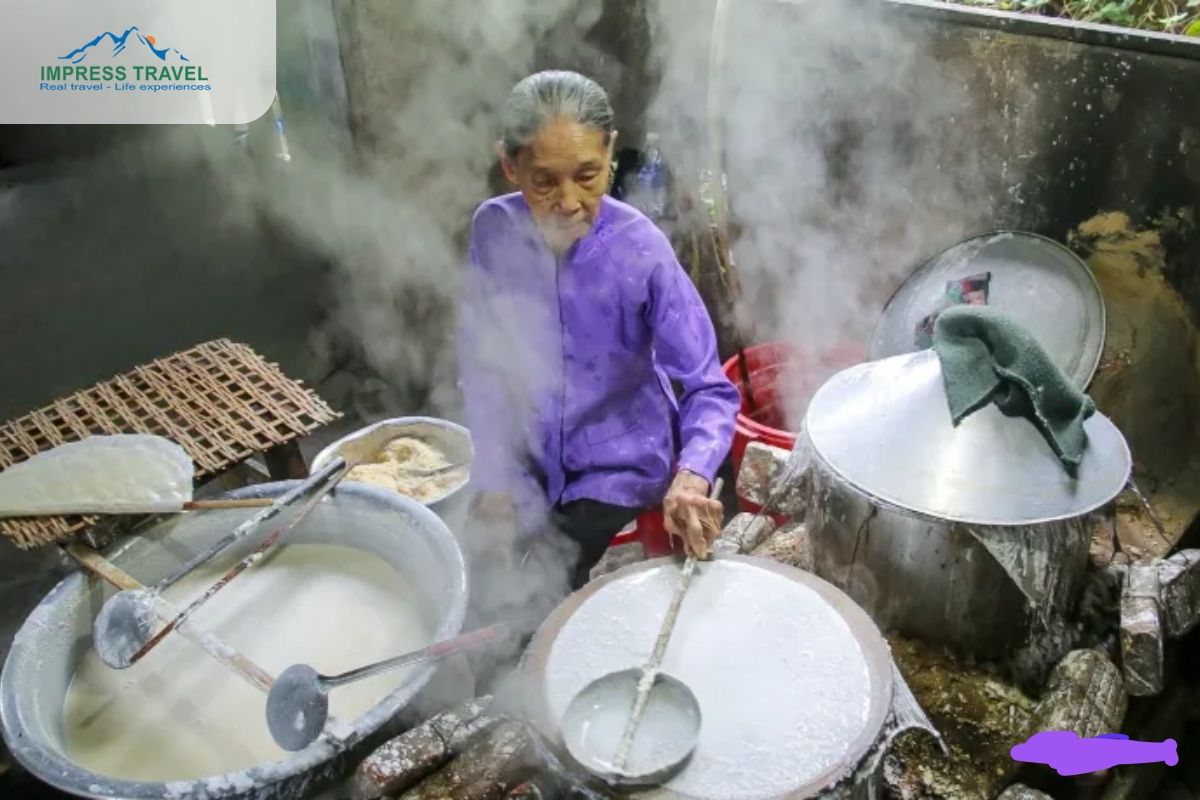
Tuý Loan Rice Paper Village, Da Nang
History and Significance
With a history of over 500 years, Tuý Loan Rice Paper Village is another gem among the handicraft villages in Danang. The rice paper produced here is a key ingredient in many Vietnamese dishes, including the famous spring rolls.
Crafting Process
Rice paper in Tuý Loan is made by soaking rice, then grinding it into a paste, and at last, steaming it to make the final thin, delicate sheets. Thereafter, the paper dries over open flame, which gives it an amazing texture and flavor.
Visiting Tuý Loan
With a trip to Tuý Loan, one can see with his own eyes all the processes of making rice paper. It is around 14 km from Danang, and hence is very convenient for tourists. There, one can try fresh rice paper and learn a lot about how it can be used for different kinds of dishes.
Cẩm Lệ Sesame Cake Village
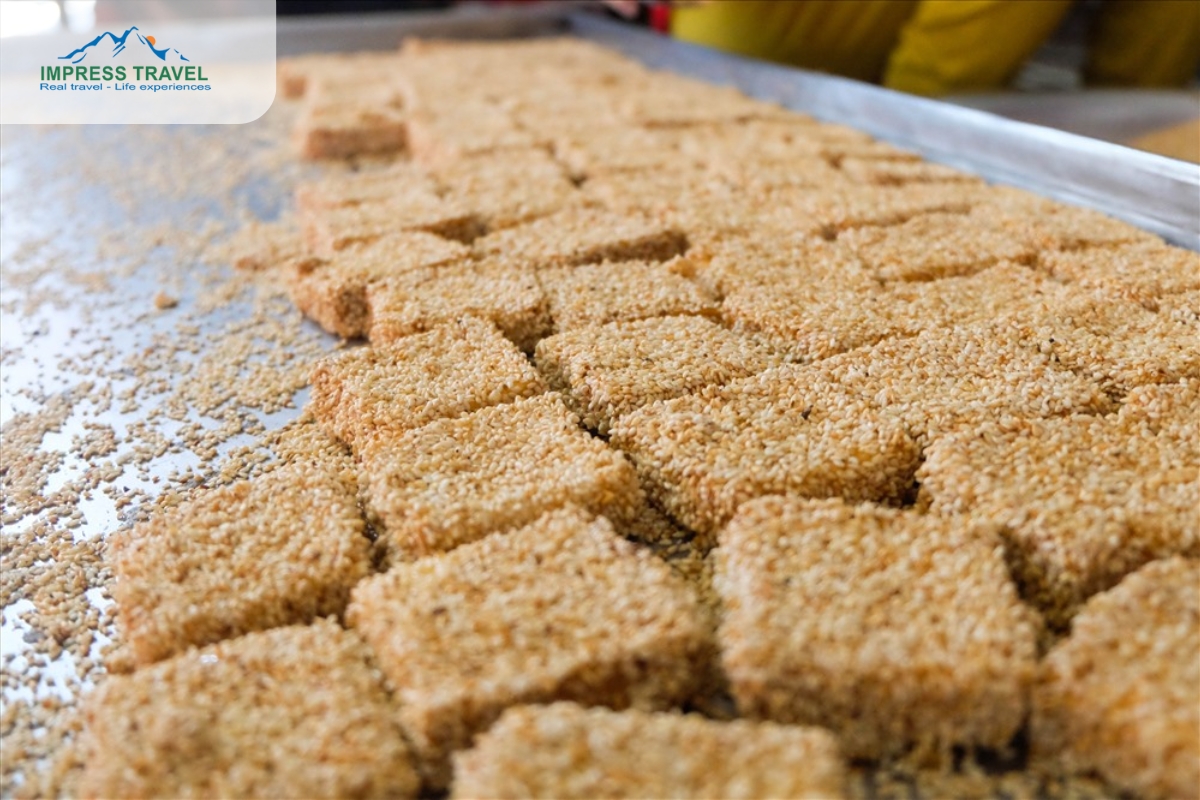
Cẩm Lệ Sesame Cake Village, Da Nang
History and Significance
Cẩm Lệ village is known for many things, and tasty sesame cake is one of them. In fact, this village has been known in the culinary life of Danang for years, and the cakes have always been a local delicacy and a very favorite snack.
Crafting Process
This cake is made of simple ingredients: rice flour, sesame seeds, and sugar. But the process is rather tricky. The cake is steamed, dried, and then coated with a generous quantity of sesame seeds so as to make it crunchy and flavorsome.
Visiting Cẩm Lệ
At Cẩm Lệ, you can watch the making process and taste cakes fresh out of the mold. It is situated within the city of Danang, so it can easily be included in your Danang tours itinerary. Make sure to buy some sesame cakes back for yourself or for gifts.
Best Time to Visit Handicraft Villages in Danang
The best time to visit the handicraft villages in Danang is between February and August, when the weather is dry and the sky is clear. During such time, sightseeing is at its very best. The weather is considered enjoyable. The sky is usually clear, providing unbroken experiences for the whole trip.
Additional Tips for Visitors
- Handy Tips: Wear comfy clothes and shoes because you will walk a lot. And do not forget to bring a hat and some sunscreen for sun protection.
- Cultural Tips: When visiting these villages, please be respectful. Ask their permission first before taking pictures of anyone or products.
- Safety Tips: Keep a lookout on your luggage. When in crowded places, walk away from them. Always keep yourself hydrated and rested.
Conclusion
These traditional handicraft villages in Danang are definitely where you get to go deeper into the very traditional, cultural aspects of the nation. A visit to where the fish sauce and stone carving processes happen or a chance to engage in mat weaving and rice paper making will never be forgotten. So do include these delightful villages in your plans for Danang tours, to witness and appreciate the great art and legacy of this beautiful region. Don’t forget to https://impresstravel.com/danang-tours/regularly follow our Fanpage (https://www.facebook.com/impresstravelcompany) and Danang tours *https://impresstravel.com/danang-tours/* for more interesting information about traveling to Danang and to book Danang tours at the best prices.



































